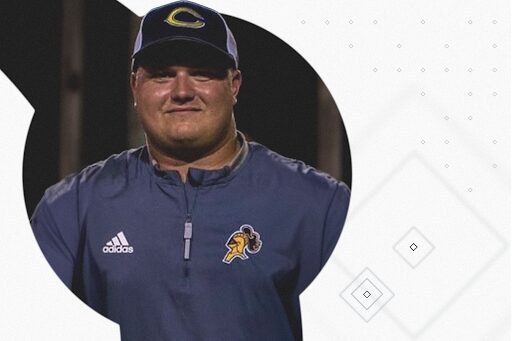A Home Run Hack: Develop Players While Saving Time with Robust Analysis and Scouting on Hudl

Film fuels performance. While softball has had its challenges capturing quality video to drive player development — such as smaller staffs trying to manage logistics, having multiple games each week and inconsistent recording setups at different ballparks — programs are finding solutions that work.
Tools designed for capturing and analyzing the diamond while overcoming these obstacles exist right now. And when softball teams start filming their games, they’ll unlock all of the same benefits and insights that teams, players and coaches from other sports (like football and basketball) have had for years.
For Zach Lockyear, assistant softball coach for Castle High School in Indiana, the concept of filming games and reviewing the film afterward wasn’t new. In fact, he had been doing this for years in his role as a varsity football coach. He took filming his team’s softball games a step further by uploading them to the Hudl for football platform.
“In that first year, people looked at me like I was an alien climbing up the fence and putting a camera up,” Lockyear said. “But it’s been very interesting to watch the transformation over the last two or three years.”
Lockyear was ahead of the curve when it came to filming his team’s softball games. As a football coach, he understood the benefits of film–ranging from communication and objectivity to self-scouting and player exposure.
“I think there’s a lot of people that film for really two reasons,” Lockyear said. “...We’re filming for review and then we’re filming for livestreaming. We do both simultaneously. I think right now there’s a lot of people filming for livestreaming, and they just don’t know that there’s another reason.”
Testing Hudl Assist for Softball, filming games and uploading video to Hudl and Hudl Assist is paying dividends for the entire Castle High School program.

Coaches have incredibly busy schedules, which is why the time-saving benefit of Hudl Assist has been such a game-changer. Lockyear used to spend three to four hours per game cutting and uploading film to share with staff and players. Now he spends that time analyzing performance and using those insights to provide informed on-field instruction to players, directly impacting athlete development.
“It’s a huge benefit to going from three to four hours to basically nothing on tasks that were so previously taxing,” he said.
Along with the time-saving aspect of Hudl and Assist, the Castle staff has used the video recordings as a driving force behind on-field player development—which has always been their focus. But with Assist data synced to their game film, coaches can now quickly find and review video in seconds. It’s made it easier to track progress, address slumps, and provide data-driven evidence to his players on the adjustments that impact winning.
From evaluating hitting approaches and pitch locations to situational defense and base running, it’s helped their team improve in every phase of the game. And it’s not just fixing what goes wrong. In fact, the access to video has been great for building confidence by showing players the things they’re doing correctly.
It’s understandable that some coaches might be on the fence about filming their games and using Hudl and Assist due to the relative newness of it all.
But from the time-saving aspect for coaches to the coachable moments and exposure for players, it’s been a winning play for the Castle High School softball program.
Click here to learn more about Hudl for Softball.